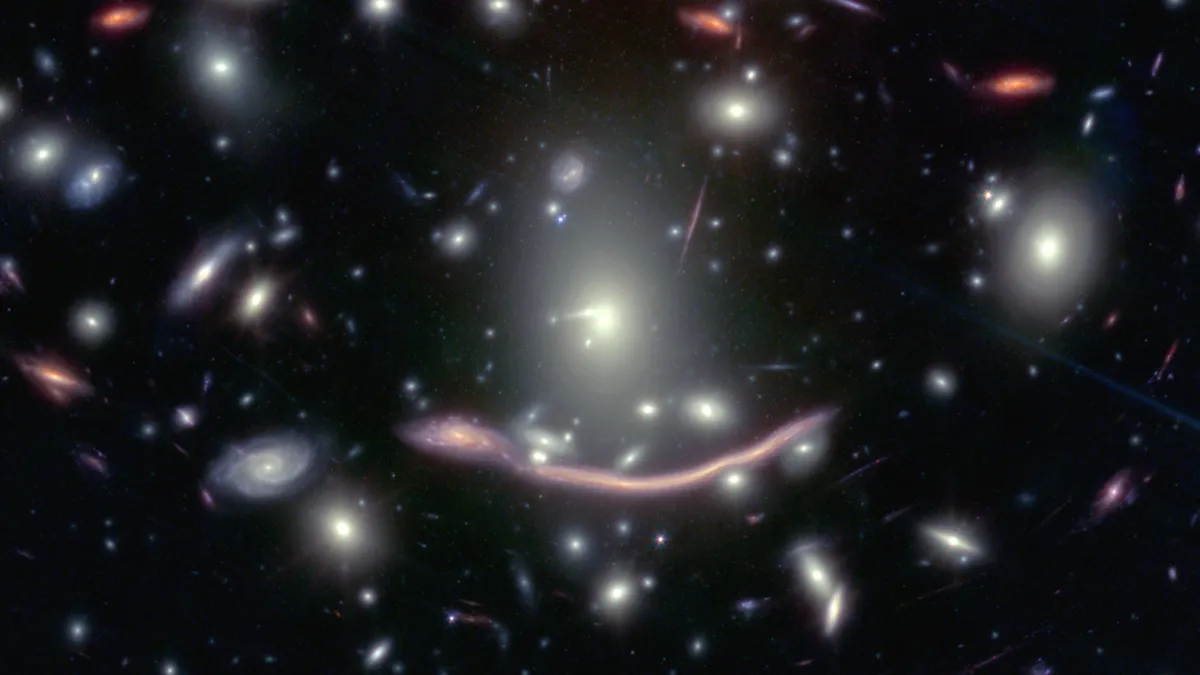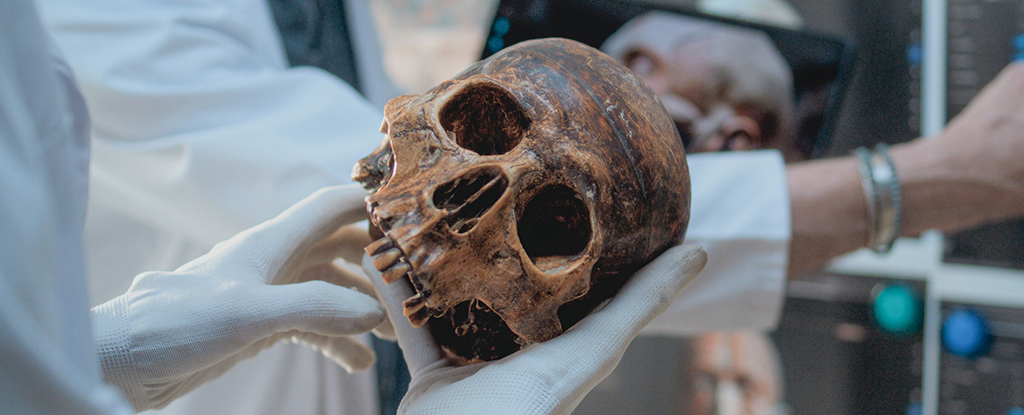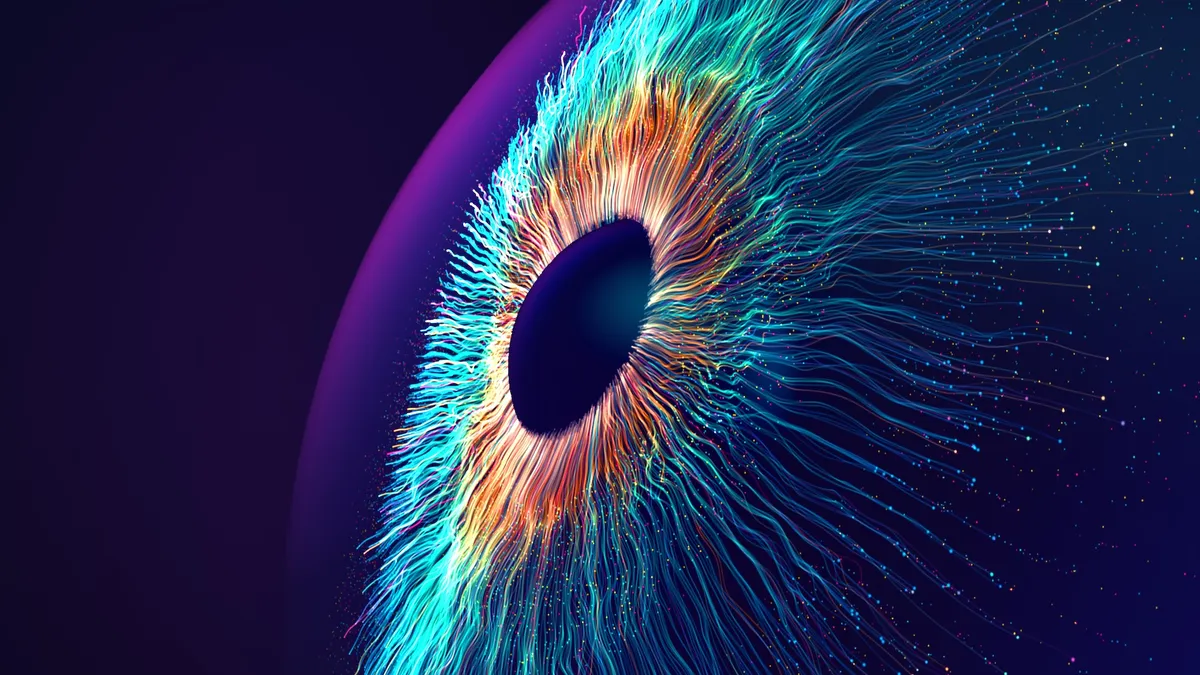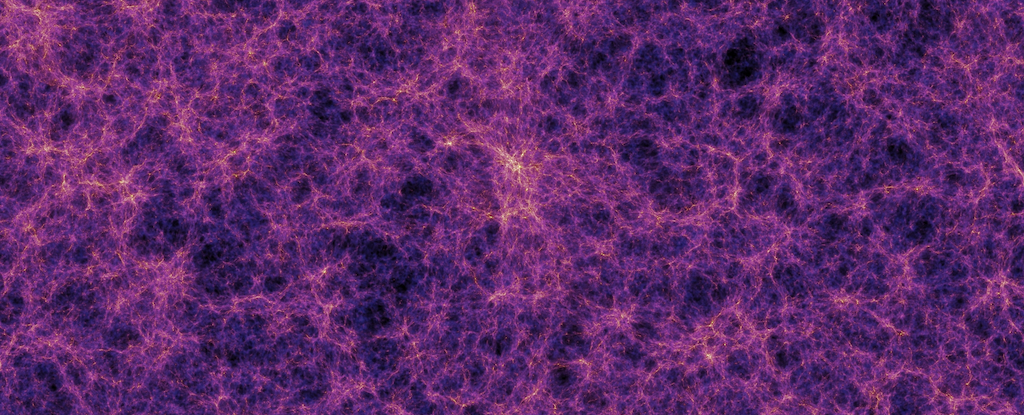Humans news stories

On the evening of 28 February 2025, all seven of the other planets in the Solar System will appear in the night sky at the same time, with Saturn, Mercury, Neptune, Venus, Uranus, Jupiter, and Mars all lining up in a neat row – a magnificent sky feast for the eyes known as a great planetary alignment.

Our new study, published today in Australian Archaeology, presents the results of the only known archaeological excavation of one of these rings combined with Wurundjeri Woi-wurrung understanding of these enigmatic places.

The newly imaged stars are located within the “Dragon Arc,” a spiral galaxy roughly 6.5 billion light-years from Earth when the universe was around half its current age. Normally, such distant stars are too far away to be seen in detail.

In the cramped confines of a small cavern to the south of Paris, scientists have ‘read between the lines’ on the floor and discovered what could be the oldest surviving three-dimensional map of a hunter-gatherer territory. The study was published in the Oxford Journal of Archaeology.

New research suggests at least some key distinctions date back earlier than previously estimated, hinting that modern and archaic humans – including our close, extinct relatives – have more in common than we ever thought. The study has yet to be peer-reviewed but is available on the preprint server bioRxiv.

The findings suggest that contrary to popular belief, the diet of early hominids was not solely focused on animal protein, but rather featured a diverse range of plant-based foods, including acorns, cereals, legumes, and aquatic plants. This multidisciplinary study was published in the Proceedings of the National Academy of Sciences (PNAS),
Researchers recently examined how human brains respond to emotional facial expressions from both humans and dogs, uncovering similarities in how these expressions are processed. The study was published in Social Cognitive and Affective Neuroscience.

The process for synthesizing Lysergic Acid Diethylamide (LSD), more commonly known as “acid,” has long been shrouded by complex chemistry jargon, not to mention laws discouraging anybody from posting the process online lest they incur serious legal consequences. As such, learning how to make LSD has long been a process known only to a select few. Until now, anyway.

AI promises to accelerate scientific discovery, but if scientists aren’t careful public trust may be left behind.
Richard Dawkin’s new book is woven with beautiful metaphors and rich descriptive language. Not so much conversational as poetic, settle in for an elaborate exploration of evolution. It raises some new and curious questions, including whether it’s worth thinking of our ‘own’ genes as a gigantic colony of cooperating viruses.

Petroglyphs, engraved on rocks, have an obvious visual attraction. What is important and exciting about this study is the discovery that these images have an acoustic aspect as well.

There might not be a mysterious ‘dark’ force accelerating the expansion of the Universe after all. The truth could be much stranger – bubbles of space where time passes at drastically different rates.

Taking its name from a now obsolete constellation known as Quadrans Muralis, the event is best viewed in the northern hemisphere, with the meteors appearing to radiate from the constellation Boötes, which is found near the collection of stars often dubbed the Plough or the Big Dipper

A new study…challenges the widely held theory that the structure was used as an astronomical observatory, as the original alignment of the walls and entrances does not correspond to celestial observations, as previously hypothesized.

Research conducted at the Department of Biology, University of Padova, has identified critical genomic milestones in the evolution of Homo sapiens, including key chromosomal rearrangements and specific gene variants that contributed to the development of current modern human traits.









